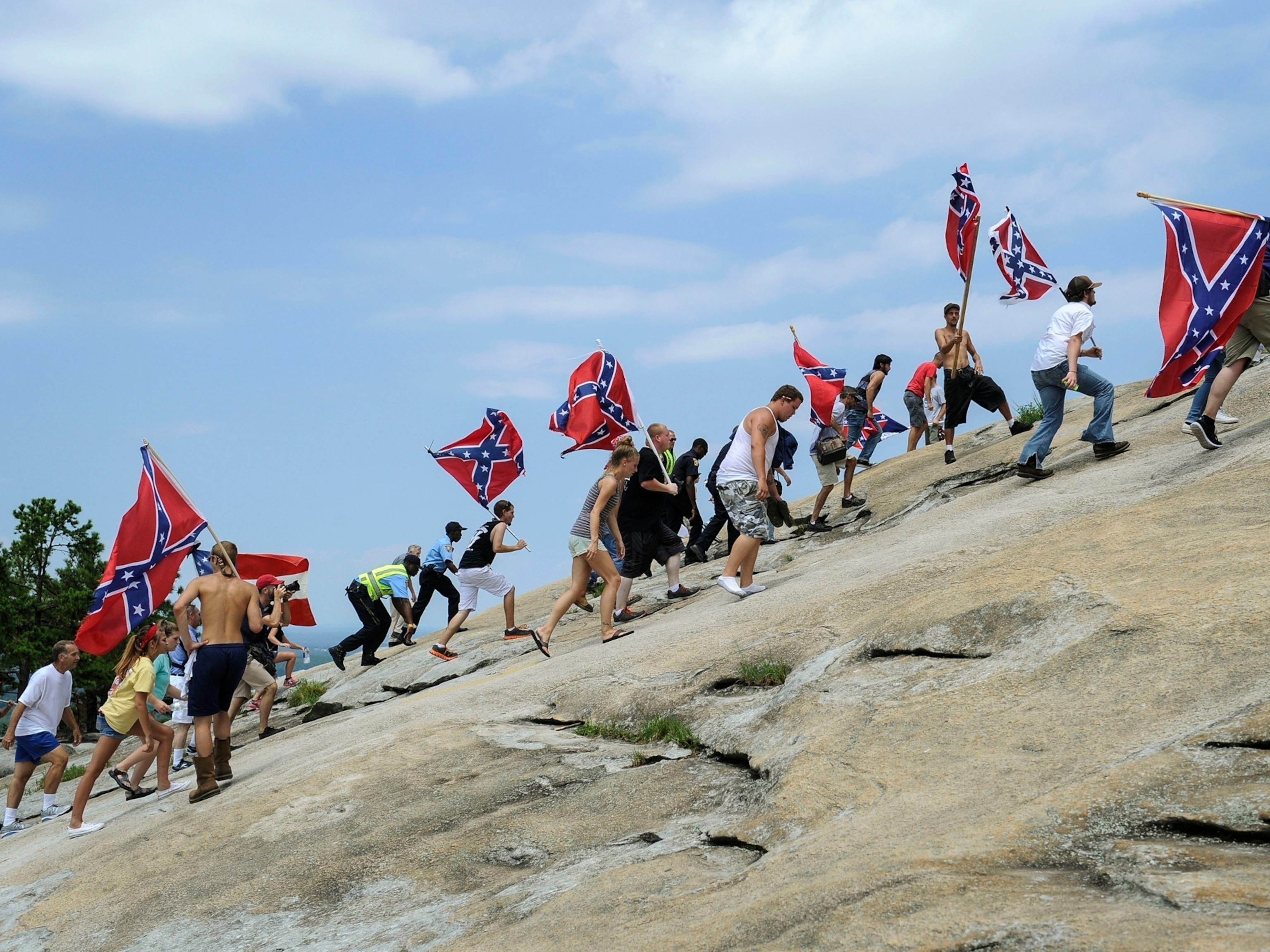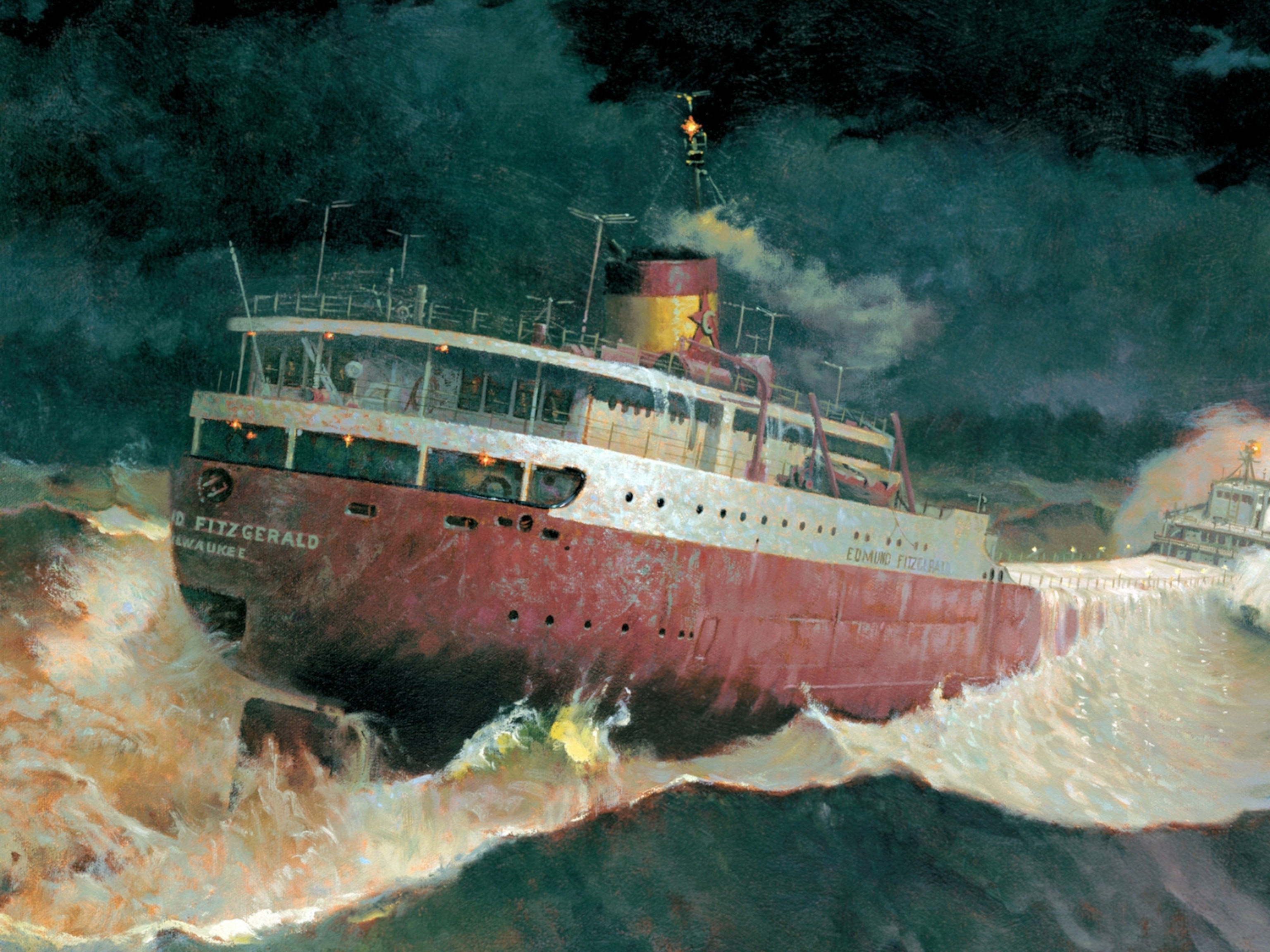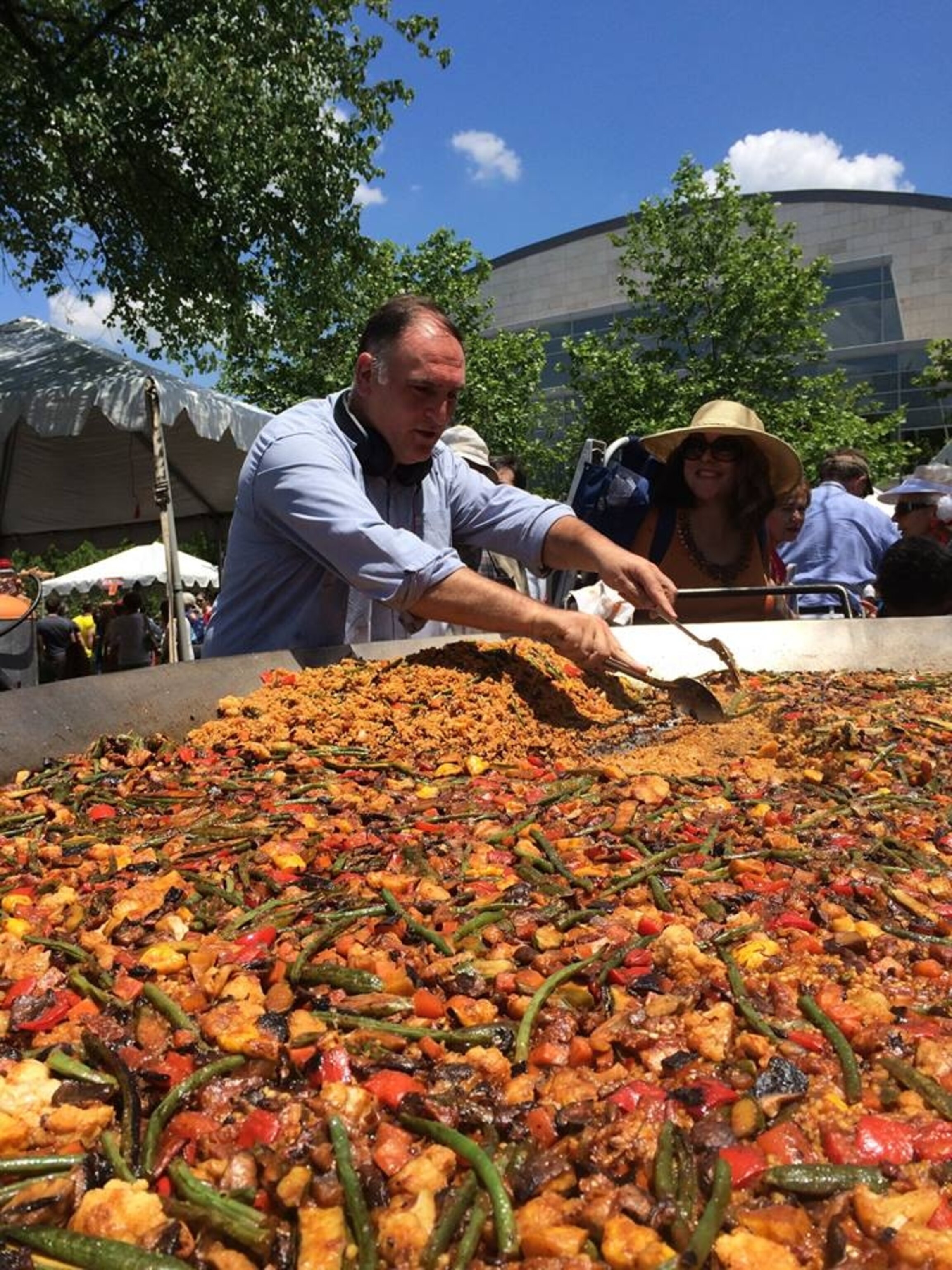
A Spanish-American Food Connection, Forged by Boat and Battlefield
The first time I saw America, I was serving as a crew member on a Spanish Navy ship–a 1920s tall ship called the Juan Sebastían de Elcano, named after the great 16th century explorer. I was 8 or 9 years old when I first saw her with my father in the port of Barcelona. I was hooked. I wanted to see the world, and I believed that the navy was how I was going to do it. But my father told me I had to joint the military to get on a ship like that.
And of course I did, because in Spain at that time, every boy had to do a year of military service. I was 18 when I enrolled in the military lottery, and as fate would have it, I got the navy. I was stationed in the south of Spain, right where the Juan Sebastían had its headquarters. It was my destiny.
So on the very first day of my service, I requested to go on that ship. I was so excited. But the navy had other ideas: They told me I couldn’t go because I was to cook for the admiral. At this point, I had already gone to culinary school at the Escola de Restauració I Hostalatge de Barcelona and had worked under Ferran Adrià at El Bulli in Catalonia, Spain. Apparently the navy felt that my time serving should be spent in the kitchen.
At the admiral’s residence, I had my own apartment with my own bathroom in a magnificent house, decorated in the old Spanish style–very Rococo–with paintings of military men on top of horses in gold frames, showcasing centuries of Spanish military might. I had access to the very best ingredients and a beautiful kitchen to work in. It was a paradise. But my desire to travel was greater than my desire to live the good life, and with enough patience and courage, not to mention signing up for two additional months of service, I finally got my chance.
Sailing on that ship was an incredible experience that helped shape the man I am today. The foods I was able to taste and see during my time on board fed my passion to be a chef and change the world with the power of food. We traveled all across the Atlantic, from the Ivory Coast to the Dominican Republic, but the most important port we sailed into was the port of Pensacola, FL, where I first laid eyes on the country I now call home. Shortly after that first trip, I came back to begin my career as a chef in America.
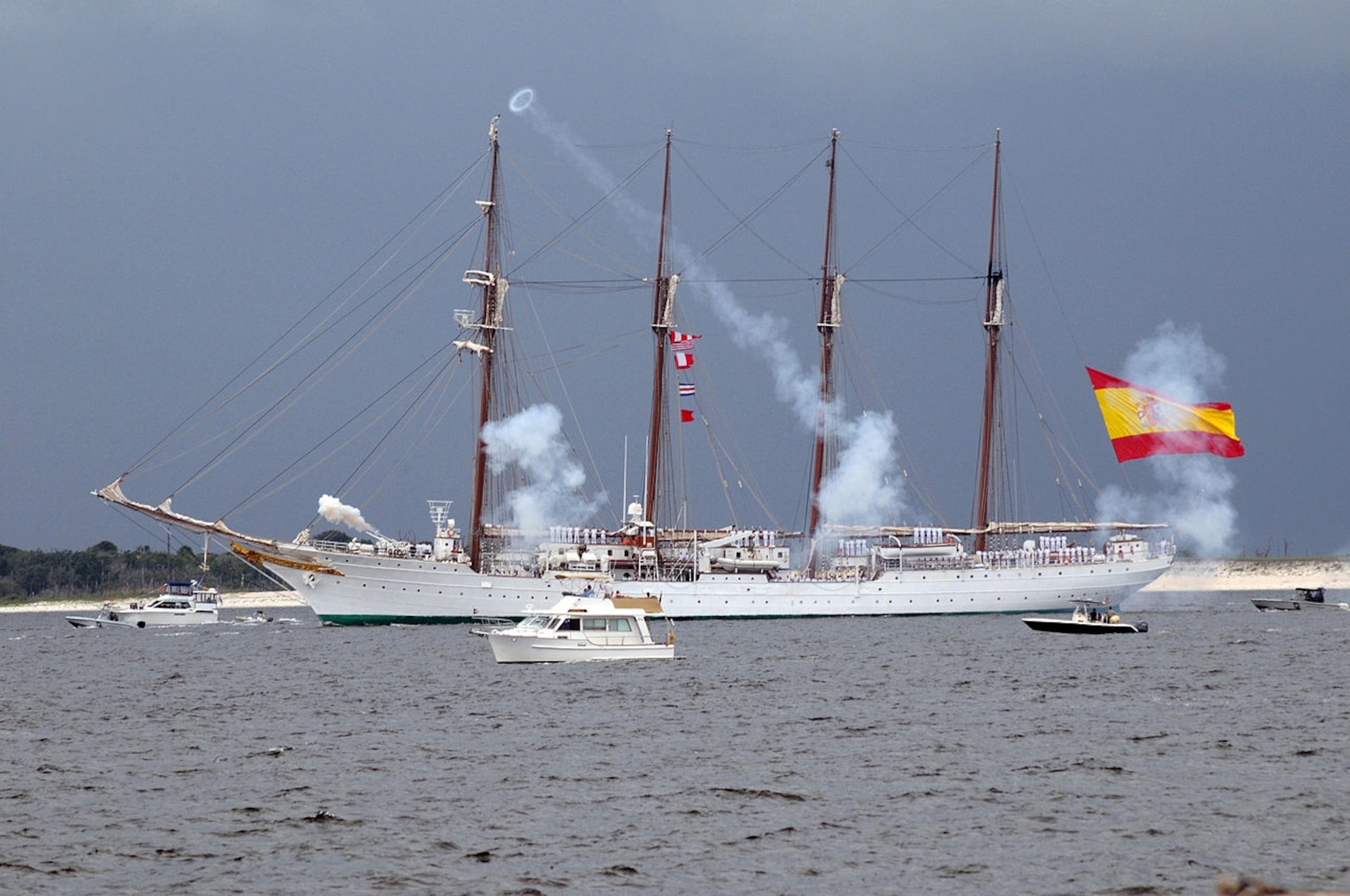
When I think about Pensacola, I am not only reminded of my time in the Spanish Navy, but also of how far back Spain’s relationship with America goes. Pensacola is a beautiful coastal city that’s filled with so much history. It was the Battle of Pensacola in 1781 that was considered the turning point of the American Revolutionary War and how we ultimately defeated the British.
And wouldn’t you know, a Spaniard played a big part in that, too. Bernardo de Gálvez was an energetic governor of Spanish Louisiana and was considered the young rising star of the Spanish military. More importantly, he is remembered as America’s Spanish savior, because it was his successful two-month siege on Pensacola that gave America a critical boost to help them win the war.
Gálvez received the highest recognitions from George Washington for his valiant efforts, but it wasn’t until more than 200 years later that he was truly acknowledged for all that he did for the freedom of America’s people. Just a couple of months ago, Congress granted him honorary citizenship and hung his portrait in the halls of the U.S. Capitol. I had the great honor of attending, and I swelled with pride as I saw my new country’s government pay tribute to a man representing what will always be my home, Spain.
While I do love the happy coincidence of my first visit to America being in a city with such deep ties to Spain, the connection I feel to Gálvez’s story is much greater than that. Gálvez forged a bridge with America with all that he did on the battlefield, and in a great way I feel that I owe my time here to that bridge and the relationship it represents.
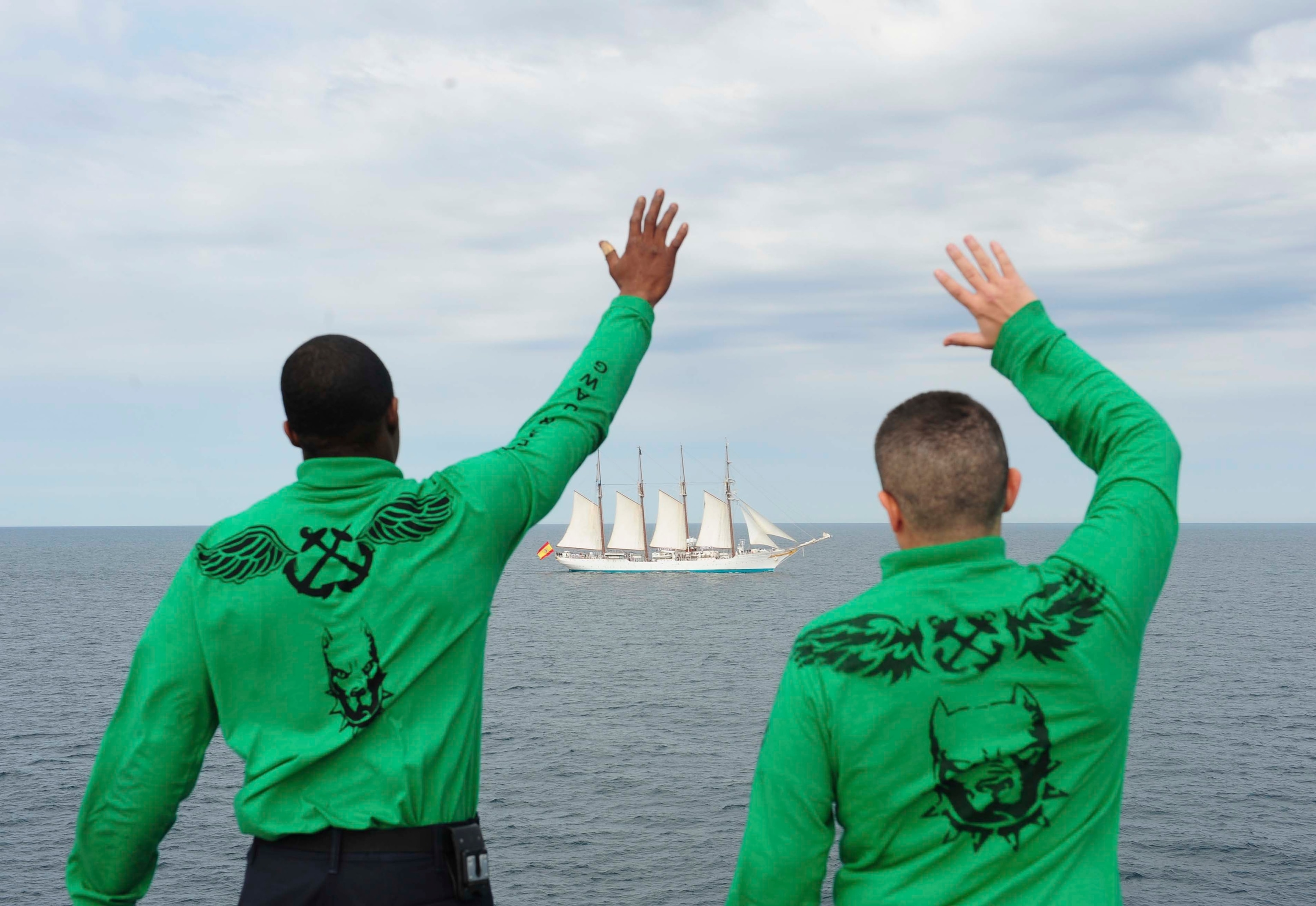
As I reflect on Gálvez’s story, I always think of how food, for me, is a valuable tool for creating a relationship with people and with different cultures. Just as alliances in war build bonds between people who are different from each other, food and cooking can do the same. When I was young, I thought the navy was the only way I would see the world, and I was willing to leave behind a life of luxury cooking in the admiral’s palace to do it, but now I know that it is possible every single day when I walk into a restaurant or sit down for a meal. Food is a cultural fountain that doesn’t just feed us but really tells the stories of faraway places.



